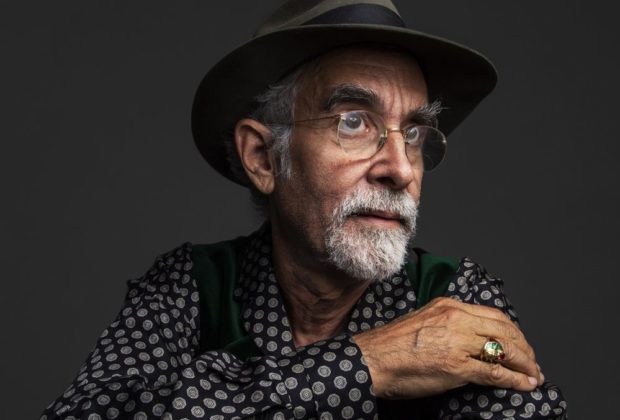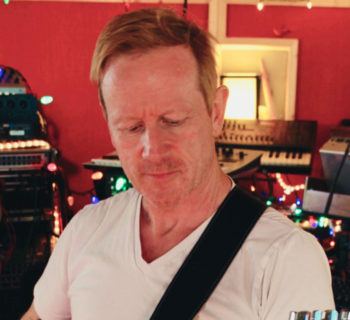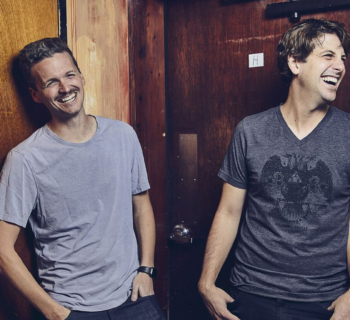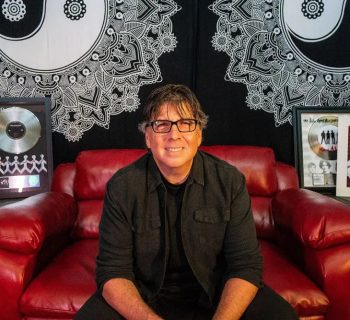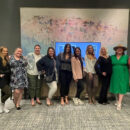Producer and engineer Rob Fraboni fell in love with music during Sunday dinners as a child with his large extended family in Southern California. He got his first drum kit when he was eleven and at fifteen hitchhiked to Hollywood where he finagled his way into a chair beside Phil Spector. He’s since worked with The Rolling Stones, The Beach Boys and John Lennon among other legendary artists. He also designed and built Bob Dylan and The Band’s famed studio Shangri-La, which is now owned and operated by Rick Rubin.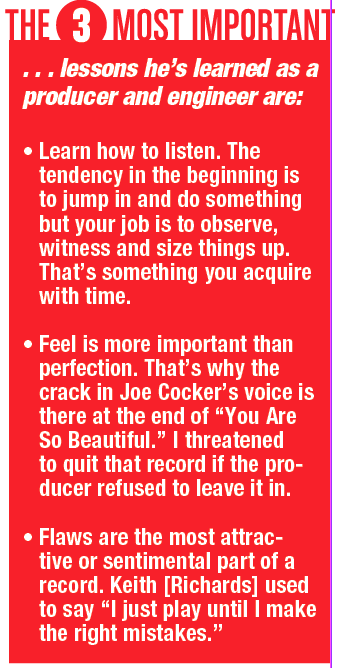
Earlier this year, Fraboni bought a studio in Hudson NY, opened originally in 2008 as Waterfront Studios, which he aims to relaunch in June. “We’ve got a custom wraparound Tree Audio console coming,” he explains. “The thing that’s great about [the studio] is that the acoustics are incredible so we won’t change those at all. I’ll use this amazing wire made by Requisite Audio Engineering. It’ll be a top-notch signal chain. The big room upstairs is a church and downstairs there will be a mastering space, a post-production suite and the control room with a smaller attached studio.”
The first time he worked with The Rolling Stones was on 1973’s Goats Head Soup. “Of course you’re always kind of nervous [when you work with a band like that],” he admits. “There’s an excitement that comes from doing these things. But I’d already done ‘Sail On, Sailor’ with The Beach Boys and ‘You Are So Beautiful’ with Joe Cocker so I had those under my belt. It’s fascinating to meet and work with these artists, but you’ve got to deal with them on their own level.”
Among his crowning achievements and biggest challenges was the 18-month-long job as producer of The Last Waltz soundtrack, the 1978 concert film of what was billed as The Band’s farewell performance. “What I did on The Last Waltz wouldn’t make any difference now, with Pro Tools and all of the ways you can do things,” Fraboni observes. “This was all done in the analog world and it took some seriously creative thinking. I’d done things no one had tried before. There are tons of edits in that movie. I said to Robbie [Robertson] and [Martin] Scorsese that ‘You can’t play songs full length in a concert documentary. It’ll put people to sleep. We’ll have to cut a third from each.’
“I split the 21 tracks into five mag-stripes,” he continues. “There were two six-tracks, one four, a three and a two so I could cut the elements in various places. Every edit in the film overlapped and it got to where I couldn’t even remember where any of them were. You can do that in Pro Tools, but you couldn’t on a piece of tape [back then]. We did this in five different studios at once, seven days a week.”
These days, he’s hard at work perfecting RealFeel, a software tool he’s refined over the past 25 years, which he uses in his pre-mastering process. As he explains, “It makes digital feel like analog.”
Contact Joe Viglione, Varulven Records, joeviglione@yahoo.com; robfraboni.com

